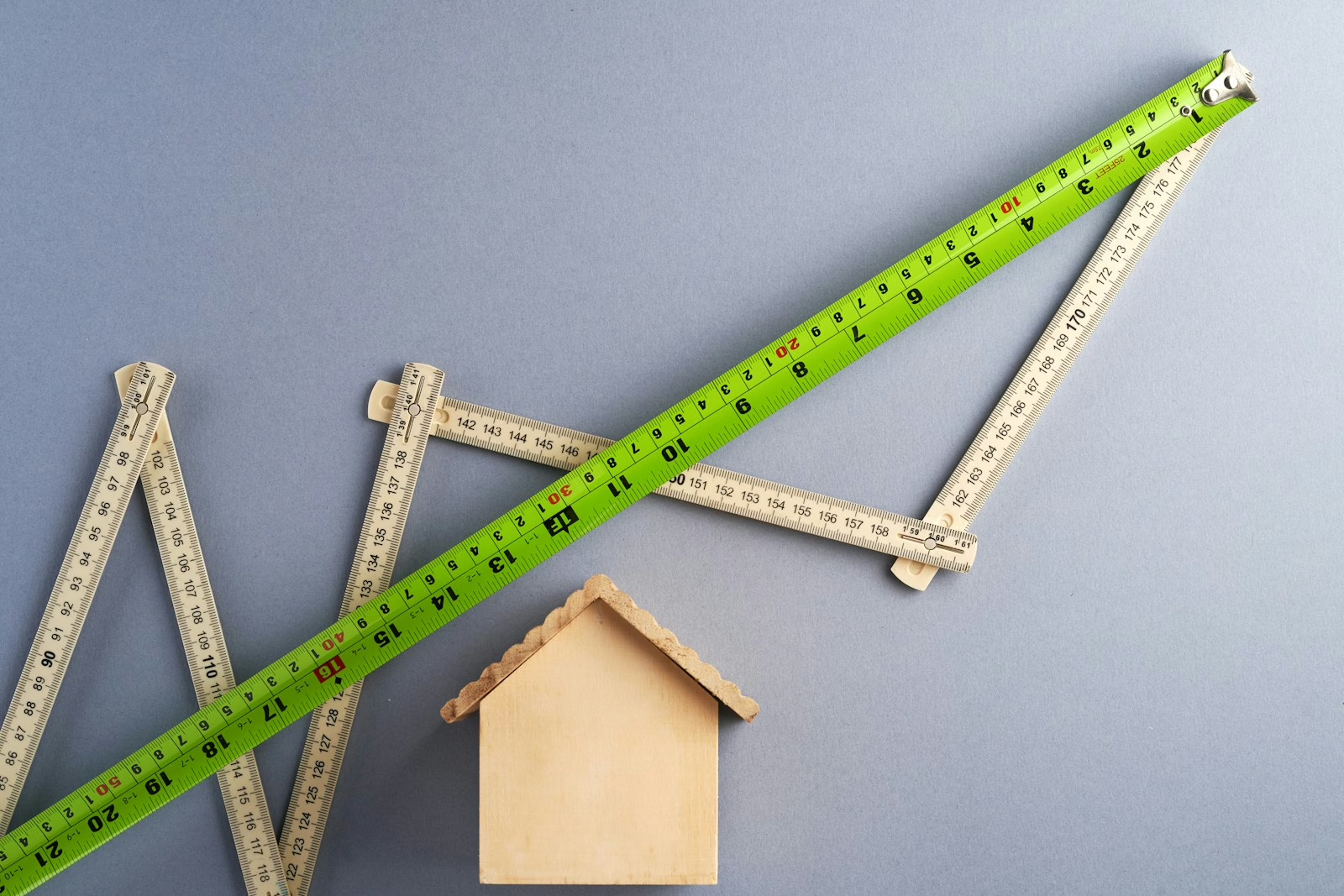The Turkish property market often makes headlines with impressive price growth figures. Reports of 50%, 80%, or even 100% annual appreciation in Turkish Lira (TRY) create the image of a highly lucrative investment environment. For the foreign investor operating in Euros or Dollars, however, the reality can be shockingly different. It’s possible that while the nominal price of your property is rising, you are actually losing money. This paradox is explained by two key economic factors: high inflation and currency depreciation.
Contents
Nominal Growth: The Illusion of Big Numbers
Nominal growth is the simplest and most straightforward measurement – it shows the percentage increase in an asset’s price in the local currency over a specific period.
Let’s imagine that in July 2024, you purchased an apartment in Antalya for 2,000,000 Turkish Lira. A year later, in July 2025, its market price is 3,600,000 TRY. At first glance, this is an impressive nominal growth of 80%. In Lira, you are significantly wealthier. But does this money have the same purchasing power? This is where the first hidden enemy of your profit comes into play.
The Great Enemy: Inflation
Inflation represents the rate at which the general level of prices for goods and services is rising, and subsequently, the currency’s purchasing power is falling. In Turkey, inflation is a significant and persistent factor. According to official data from the Turkish Statistical Institute (TurkStat), the annual inflation rate as of May 2024 was 75.45%, and forecasts, although predicting a decrease, remain in the high double digits for 2025.
What does this mean for our example? The 80% nominal growth of your property barely compensates for the inflation of over 75% during the same period. In real terms (regarding what you can buy with that money in Turkey), the value of your property has hardly changed. But for the foreign investor, there is a second, even stronger blow.
The Second Hit: The Depreciation of the Turkish Lira
The most crucial indicator for an investor who has brought in funds from abroad is the value of their investment in their “hard” currency – Euros or US Dollars. The continuous depreciation of the Turkish Lira against major world currencies can completely erase, and even turn into a loss, any nominal gain.
Let’s return to our example and look at it from the perspective of a Eurozone investor:
- Purchase (July 2024):
- Property Price: 2,000,000 TRY
- Exchange Rate (approximate): 35 TRY for 1 EUR
- Investment in Euros: 2,000,000 / 35 ≈ €57,140
- Sale (July 2025):
- Property Price: 3,600,000 TRY
- Exchange Rate (approximate): 47 TRY for 1 EUR
- Value at Sale in Euros: 3,600,000 / 47 ≈ €76,600
Although the property’s value in Turkish Lira increased by 80%, your real capital gain in Euros is €19,460, representing a growth of about 34%, not 80%. This difference is huge, but even this scenario is optimistic. In many cases, if the nominal growth does not significantly outpace the combined effect of inflation and currency depreciation, the investor may find themselves at a real loss in Euro terms.
How to Calculate Real Growth (or Loss)?
To avoid falling victim to the illusion of nominal growth, always analyze your investment in Turkey as follows:
- Calculate the initial investment in Euros: Divide the purchase price in TRY by the EUR/TRY exchange rate at the date of purchase.
- Calculate the current value in Euros: Divide the current market price in TRY by today’s EUR/TRY exchange rate.
- Compare the two amounts in Euros: The difference between them is your real capital gain or loss.
This simple method is your most reliable compass. Analyzing the Turkish property market without considering the exchange rate is like sailing a ship without watching the approaching storm. While seismic risk is a major concern that brokers often don’t discuss, currency risk can inflict just as much damage on your portfolio.
Conclusion: Investing with Eyes Wide Open
Does all this mean that investing in property in Turkey is a bad idea? Not necessarily. The market offers opportunities, especially for generating rental income, which should also be analyzed through the currency lens. However, this article clearly shows that making a decision based solely on nominal growth in Turkish Lira is a sure recipe for disappointment.
For an investment in Turkey to be successful, it requires in-depth analysis that goes beyond surface-level data. You need to monitor macroeconomic indicators, understand the dynamics of inflation and exchange rates, and crucially, be aware of the tax framework for foreign owners. Think in hard currency, analyze real rather than nominal growth, and approach every opportunity with informed realism.
You might also like:
- Property in Greece: by owner or through an agency? How to get the best deal?
- Exit strategies for property investors: when and how to sell for maximum profit
- Dubai’s Wellness Real Estate: The Next Trillion-Dollar Opportunity or a Market Hype?
This post is also available in: Български







